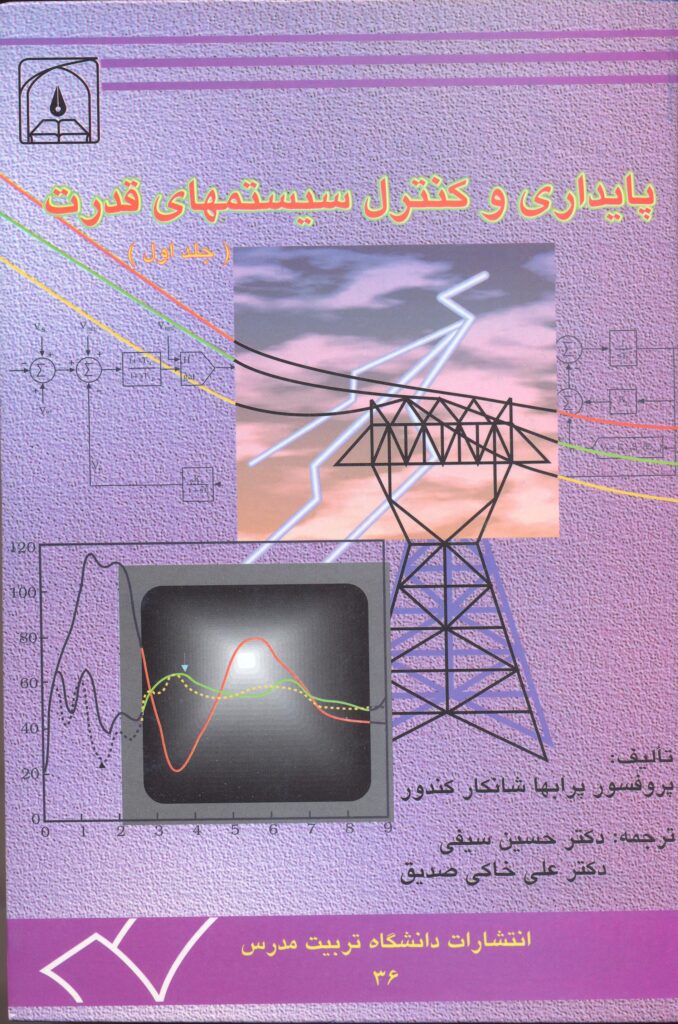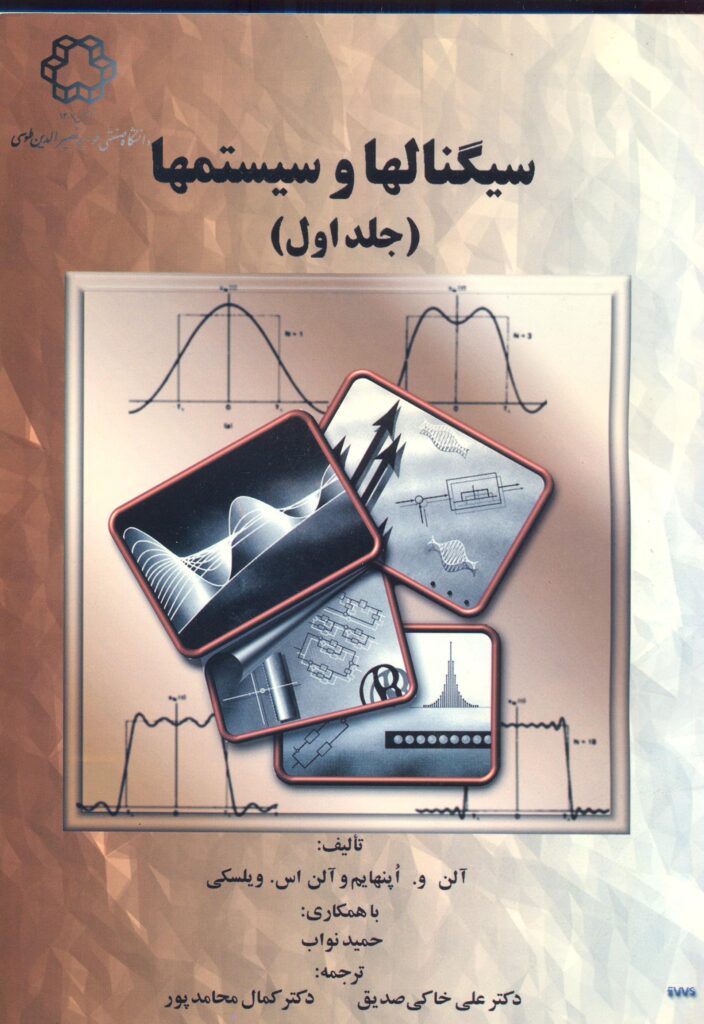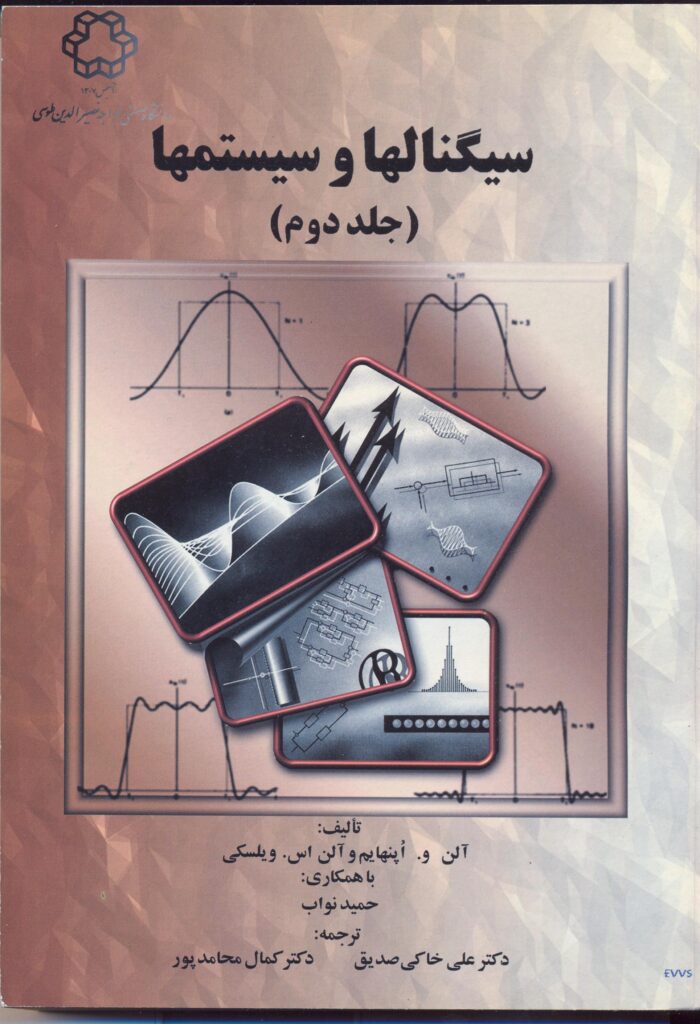An Introduction to Data-Driven Control Systems
Model-based approaches to control systems design have long dominated the control systems design methodologies. However, most models require substantial prior or assumed information regarding the plant’s structure and internal dynamics. The data-driven paradigm in control systems design, which has proliferated rapidly in recent decades, requires only observed input-output data from plants, making it more flexible and broadly applicable.
An Introduction to Data-Driven Control Systems provides a foundational overview of data-driven control systems methodologies. It presents key concepts and theories in an accessible way, without the need for the complex mathematics typically associated with technical publications in the field, and raises the important issues involved in applying these approaches. The result is a highly readable introduction to what promises to become the dominant control systems design paradigm.
Readers will also find:
- An overview of philosophical-historical issues accompanying the emergence of data-driven control systems
- Design analysis of several conventional data-driven control systems design methodologies
- Algorithms and simulation results, with numerous examples, to facilitate the implementation of methods
An Introduction to Data-Driven Control Systems is ideal for students and researchers in control theory or any other research area related to plant design and production.

Control Configuration Selection for Multivariable Plants
Control of multivariable industrial plants and processes has been a challenging and fascinating task for researchers in this field. Multivariable plant analysis and design methodologies can be categorized as centralized and decentralized design strategies. Despite the remarkable theoretical achievements in centralized multiva- able control, decentralized control is still widely used in many industrial plants. This trend at the beginning of the third millennium is still there and it will be with us for the foreseeable future. This is mainly because of the easy implementation, maintenance, tuning, and robust behavior in the face of fault and model uncertainties, which is reported with the vast number of decentralized controllers running in the industry.
The main steps involved in employing decentralized controllers can be summarized as follows:
• Control objectives formulation and plant modeling.
• Control structure selection.
• Controller design.
• Simulation or pilot plant experiments and Implementation.
Nearly all the textbooks on multivariable control theory deal only with the control system analysis and design. The important concept of control structure selection which is a key prerequisite for a successful industrial control strategy is almost unnoticed. Structure selection involves the following two main steps: • Inputs and outputs selection. • Control configuration selection or the input-output pairing problem. This book focuses on control configuration selection or the input-output pairing problem, which is defined as the procedure of selecting the appropriate input and output pair for the design of SISO (or block) controllers.

Analysis and Design of Linear Control Systems
Sed ut perspiciatis unde omnis natus error sit voluptatem accusantium doloremque.

Modern Control Systems
Sed ut perspiciatis unde omnis natus error sit voluptatem accusantium doloremque.

Analysis and Design of Multivariable Control Systems
Sed ut perspiciatis unde omnis natus error sit voluptatem accusantium doloremque.

Introduction to Research and Ethics and Engineering Ethics
Sed ut perspiciatis unde omnis natus error sit voluptatem accusantium doloremque.

History of Control Engineering
Sed ut perspiciatis unde omnis natus error sit voluptatem accusantium doloremque.

Digital Control Systems
Sed ut perspiciatis unde omnis natus error sit voluptatem accusantium doloremque.

Modern Control Engineering
Sed ut perspiciatis unde omnis natus error sit voluptatem accusantium doloremque.

Modern Control Engineering – Solution
Sed ut perspiciatis unde omnis natus error sit voluptatem






